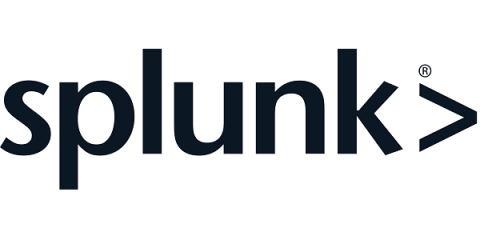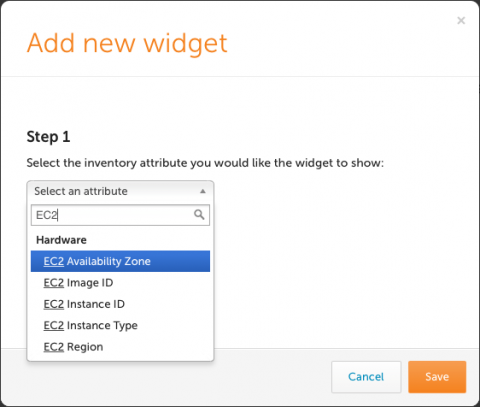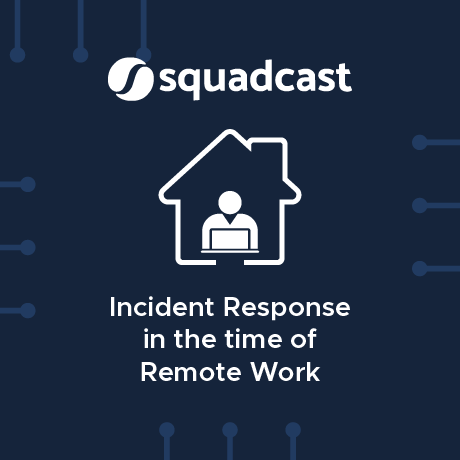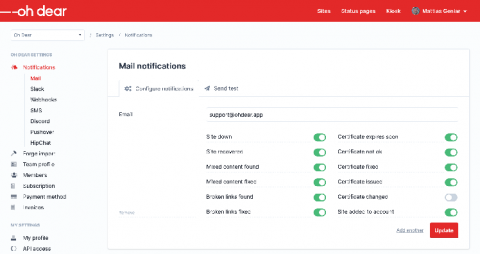Slow and steady
“Remember that guy that gave up? Neither does anybody else.” Progress on the new Monitive has been slow as a snail in a marathon, but nevertheless the progress was there. Since the last update last year, a lot has been going on, and one day I woke up and just decided to write, even if small updates. Not only because Monitive is about transparency, but because I love writing.










